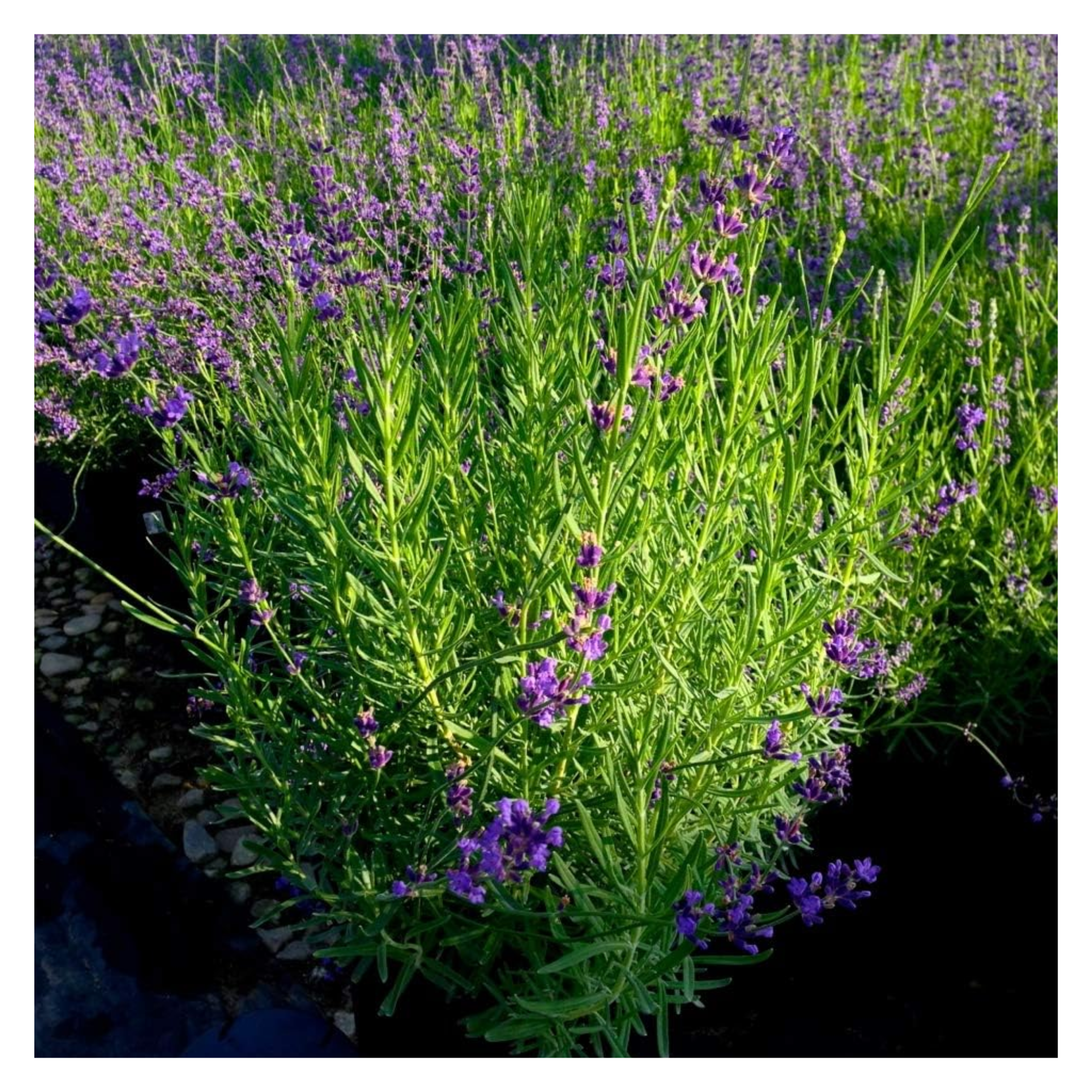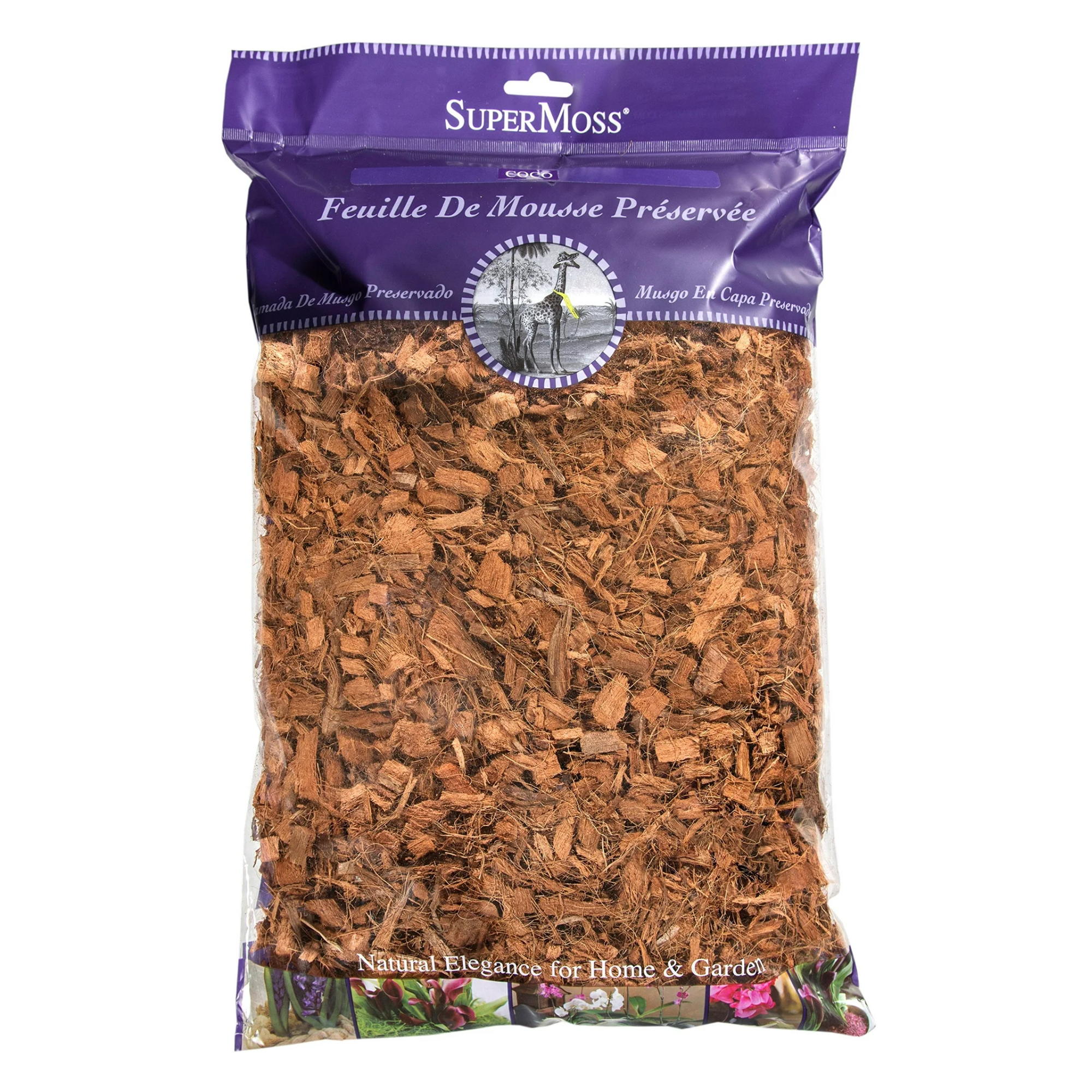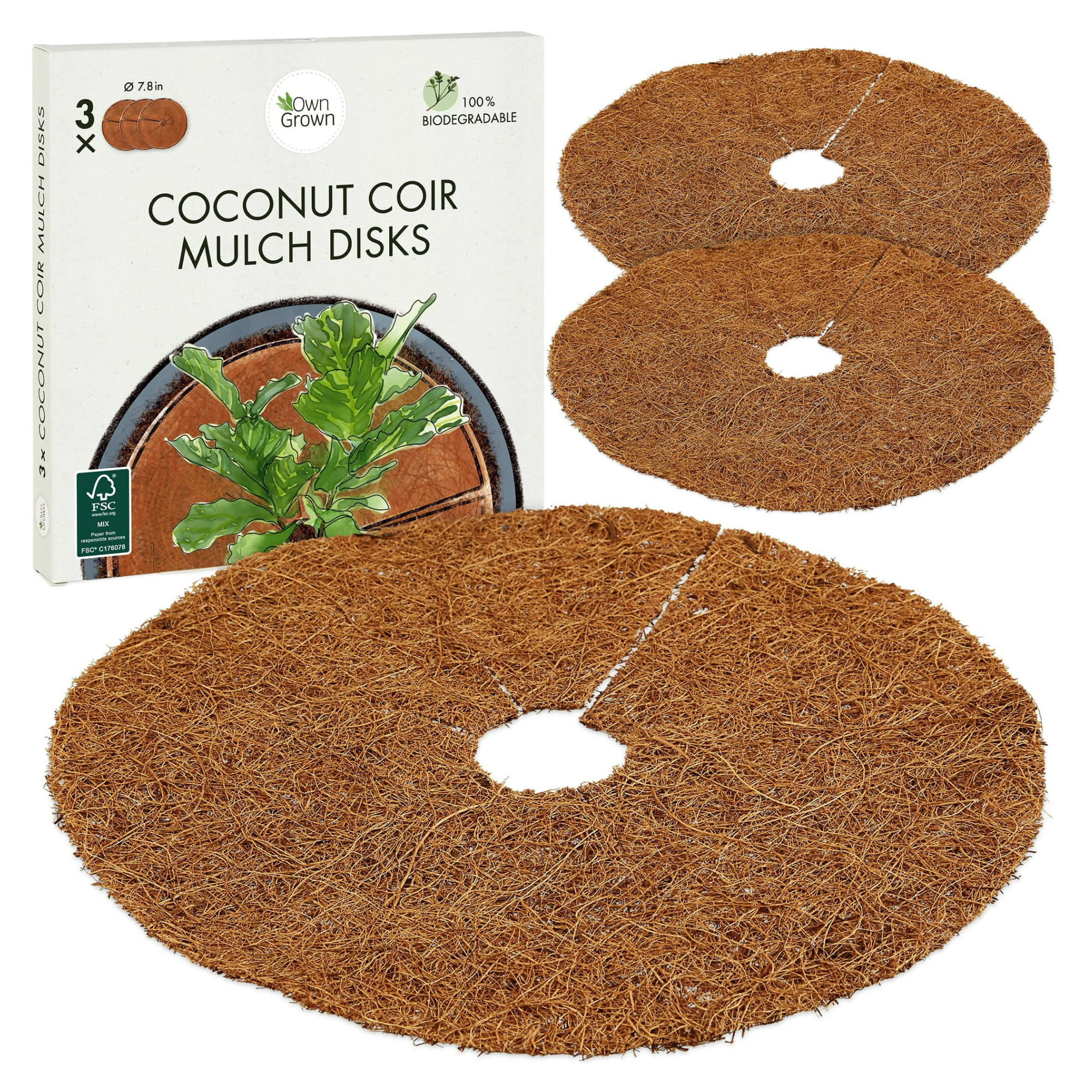8 Plants You Should Mulch in September to Protect Them During Winter
Mulching will help sensitive plants survive winter temperatures — these are the ones to protect now


Fall season is upon us and with it comes a list of rewarding outdoor tasks to keep our yards in tip-top shape as our lush green surroundings are colored into a warm brown.
On that note, mulching is actually one of the most important fall gardening jobs to ensure that your backyard is prepped and ready for the upcoming shift from cool to cold. And instead of wandering through your garden, trying to identify the plants in need of a little mulching, we've tapped the experts' minds for some insider information to simplify the chore.
Mulching will grant your crops a chance to thrive in healthy soil conditions, while also improving plant health and overall quality.
So with the fall season (almost) upon us, it's time to mulch your plants to give them just that. Here are 8 plants you should mulch — chosen by a gardening expert.
1. Hostas
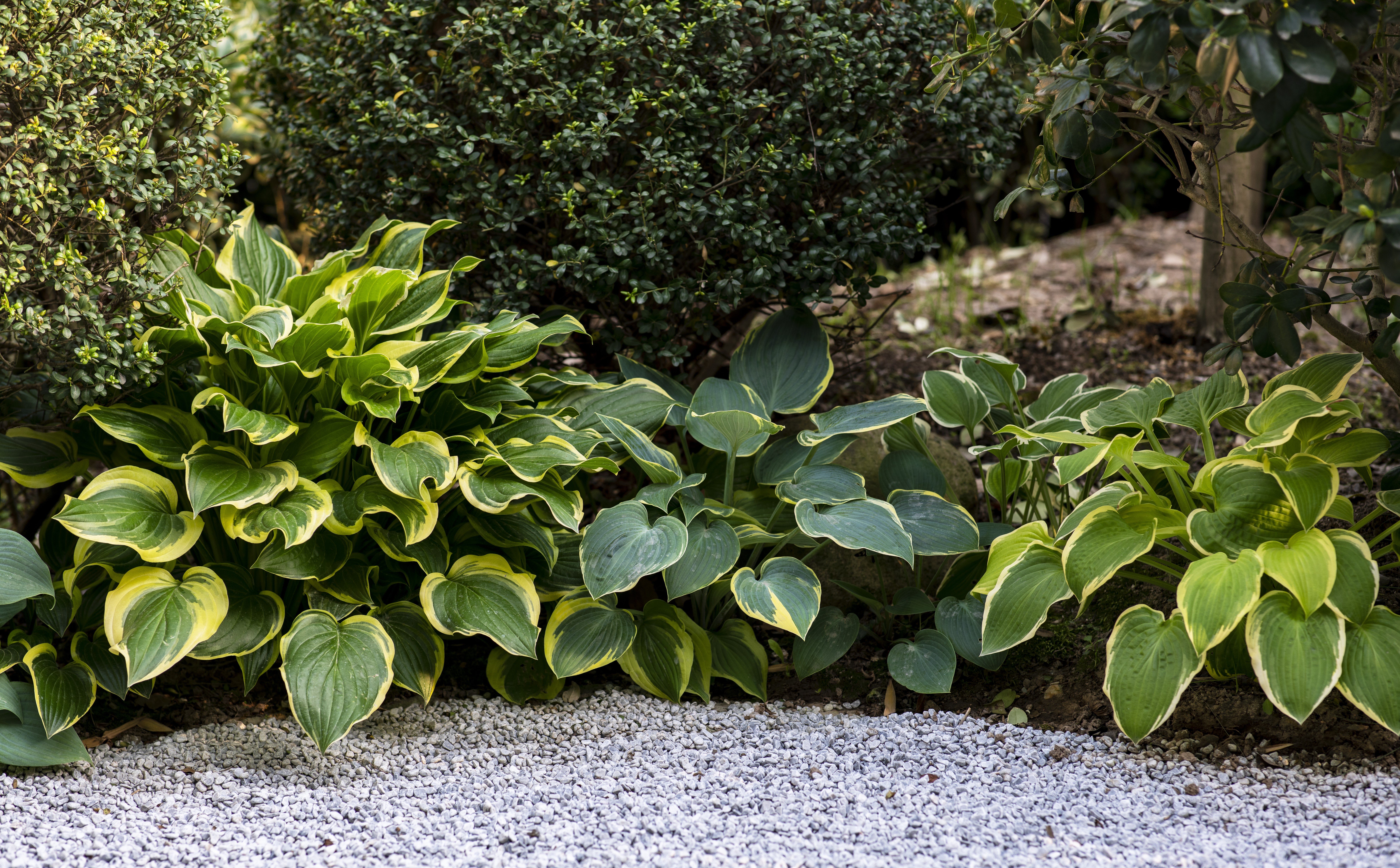
In conversation with gardening expert David Miller a gardening expert from Austin Tree Services – he tells us that hostas are the unsung heroes of the shade garden, offering lush, broad leaves that create a carpet of green under trees or along walkways.
"These perennial shade plants are known for their resilience, thriving in a variety of soil types as long as they have plenty of moisture," he points out. "So mulching your hostas in September helps protect their shallow roots from early frosts and retains soil moisture during dry spells." David recommends plotting a two to three-inch layer of pine needles or shredded bark mulch as it breaks down slowly, adding organic matter to the soil and maintaining the cool, moist conditions that hostas love.
Hardiness Zone: 3-9
The Livingetc newsletters are your inside source for what’s shaping interiors now - and what’s next. Discover trend forecasts, smart style ideas, and curated shopping inspiration that brings design to life. Subscribe today and stay ahead of the curve.
2. Peonies

According to David, peonies are a gardener's dream, with their large, showy blooms that add a burst of color to the late spring garden. "These perennials are long-lived and, with the right care, can bloom for decades," he notes. "As fall approaches, it’s essential to prepare your peonies for winter by applying a thick layer of mulch."
When it comes to proper peony care, he explains that mulching peonies protect the crown from frost heave, a common issue where the freeze-thaw cycle pushes the roots out of the ground. And it also provides a slow release of nutrients that peonies will use to fuel their springtime blooms. He finds that a layer of straw or composted manure works wonders, offering both insulation and nourishment.
Hardiness Zone: 3-8
3. Roses

"Roses, the quintessential symbol of beauty and elegance, require a bit of extra attention as they head into winter," notes David. "Mulching them this month is key to protecting their roots and keeping the soil temperature stable."
He tells us that roses are particularly sensitive to the freeze-thaw cycle, which can damage their roots and lower canes. And dosing these plants with mulch is one of the easiest hacks to make your roses look better. "Applying a thick layer of organic mulch like shredded leaves or hardwood bark around the base of the plant helps insulate the roots and conserve moisture," he says. "Additionally, the mulch breaks down over time, enriching the soil with nutrients that roses need to thrive."
Hardiness Zones: 5-8
4. Daylilies

Daylilies are the workhorses of the garden, and David tells us that they are known for their reliability and stunning blooms that brighten up the garden from early summer to late fall. While these hardy perennials are one of the best low-maintenance plants for front yards, he notes that they benefit greatly from mulching.
"September is the perfect time to mulch daylilies, as it helps to keep the soil temperature consistent, retains moisture during the cooler months, and suppresses weeds, reducing competition for nutrients," he says. "A two to three-inch layer of wood chips or straw is ideal, as it provides the right balance of moisture retention and insulation without smothering the roots."
Hardiness Zones: 4-9
5. Clematis

If you're one for fast-growing climbing plants for privacy, you probably have some pretty clematis vines growing around your property. David tells us that clematis vines are beloved for their stunning flowers, which can range from small, delicate blooms to large, showy blossoms. These climbers are relatively easy to care for, but he finds that they prefer their roots to stay cool and moist, especially during the growing season.
"Mulching around the base of clematis vines in September helps achieve this, preventing the root zone from overheating and retaining moisture," he explains. "A layer of bark mulch or compost works best, as it not only keeps the soil cool but also adds organic matter as it decomposes, enriching the soil and feeding the plant."
Hardiness Zones: 4-9
6. Lavender

There are plenty of different types of lavender, and the one thing they all have in common is their love for mulch. David tells us that this Mediterranean native typically thrives in well-drained soil and full sun, making it a perfect choice for drought-tolerant gardens. However, in cooler climates, he recommends mulching lavender, as it can benefit from a bit of extra protection.
"Mulching lavender helps prevent root rot by keeping excess moisture at bay and insulating the roots from cold temperatures," he explains. "Gravel or sand is the best mulch for lavender, as it reflects light and heat back onto the plant, maintaining the dry conditions lavender prefers."
Hardiness Zones: 5-9
7. Hydrangea

"Hydrangeas are garden favorites, known for their large, showy flower clusters that can range from pink and blue to white and purple," says David. "These deciduous shrubs are hardy and can thrive in a range of conditions, but they benefit from mulching, particularly in colder climates."
David advises gardeners to apply a layer of mulch around hydrangeas now to protect their roots from future frost and to help retain moisture. And we have a feeling that this quick trick is one of the main things that people with perfect hydrangeas know and practice regularly. "Organic mulch like pine needles or shredded bark is ideal, as it helps maintain the slightly acidic soil conditions that hydrangeas love," he notes. "Plus, as it breaks down, it enriches the soil with nutrients."
Hardiness Zones: 3-9
8. Astilbe

Finally, we have astilbes. David tells us that these fun plants are a must-have for any shade garden, with their delicate, feathery plumes that add texture and color to shady spots. "These perennials are relatively low-maintenance, but they appreciate a bit of extra care as fall approaches," he says. "Mulching astilbes in September helps protect their roots from frost and retains moisture in the soil, which is crucial for these moisture-loving plants."
He finds that mulching with a layer of leaf mold or compost works best, as it not only insulates the roots but also adds organic matter to the soil, improving its structure and moisture retention.
Hardiness Zones: 4-9
Our Top Mulch Buys for Your Fall Garden
According to landscape designer John Haryasz, mulching is one of the most important garden chores for fall and proves to be an important step for a healthy winter garden. "During this period, mulching helps in the regulation of the moisture content of the soil," he says. "Plus, it minimizes the number of weeds that may grow in the area and also protects moisture in the soil, which may be lost owing to erratic autumn weather."
John explains that it’s also a way of preventing sediment loss from the root zones as the rain comes closer. So while it may seem like an extra task to do, it's well worth the effort.
Armed with your list of fall plants that thrive when mulched, you can now give your garden the preparation it needs before the weather transitions from autumnal to wintry. And trust me, while it can seem a bit tedious to mulch your crops now, you'll soon be thanking yourself as you watch them stand tall amidst the climatic mood swings.
FAQs
What other plants need to be mulched in September?
Besides the blooms listed above, John tells us that there are a couple of other plants that will benefit from a dose of fall mulching.
Perennials: "When practiced around perennials, adopting mulching helps to keep the soil relatively damp," explains John. "While safeguarding the roots against cold temperatures that may fluctuate."
Trees and Shrubs: He also points out that newly planted shrubs and young trees like maples, appreciate mulch. He finds that this is simply because it helps to keep off the frost during spring whilst also ensuring not too many weeds grow.
Vegetables: John tells us that short-day plants such as kale, spinach, and broccoli also do better when they are mulched. In such cases, a layer of mulch helps the plants stabilize the soil temperature for optimal growing temperatures.
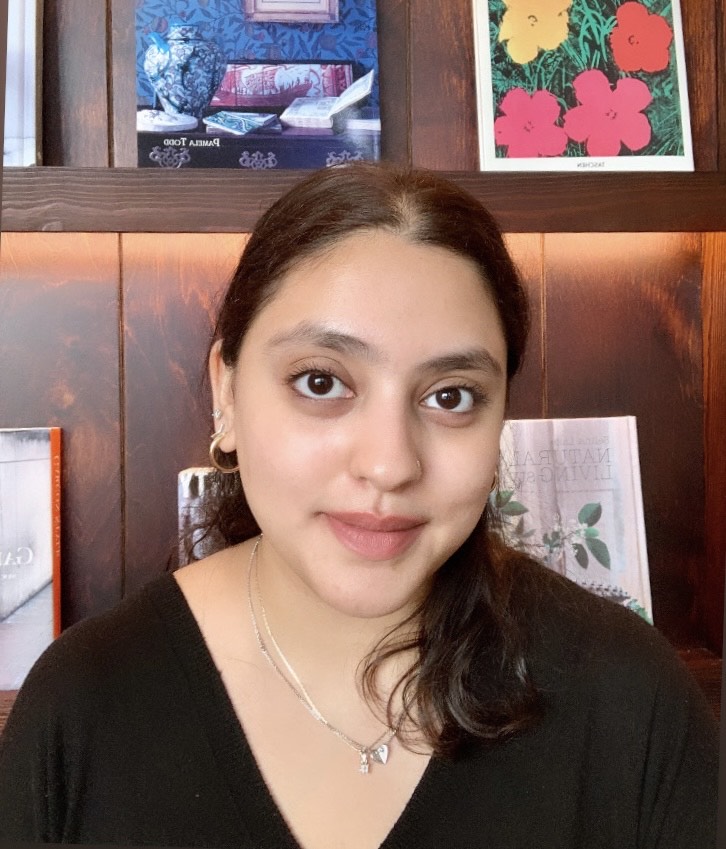
Amiya is a Home Wellness Writer at Livingetc. She recently graduated with a Masters Degree in Magazine Journalism from City, University of London, and has lent her words to beauty, fashion, and health sections of lifestyle publications including Harper’s Bazaar and Women’s Health. Her experience as a research analyst has equipped her with an eye for emerging trends. When she’s off the clock, she can be found reading, listening to music, or overanalyzing her latest Co-Star update.





